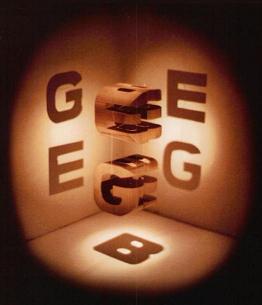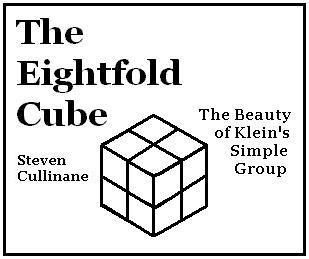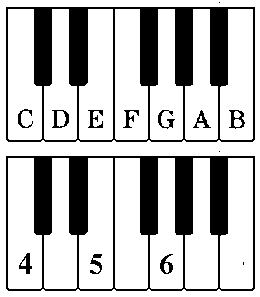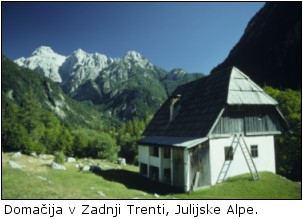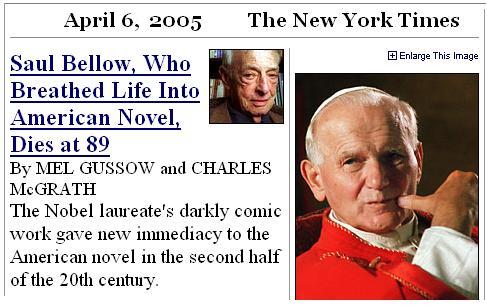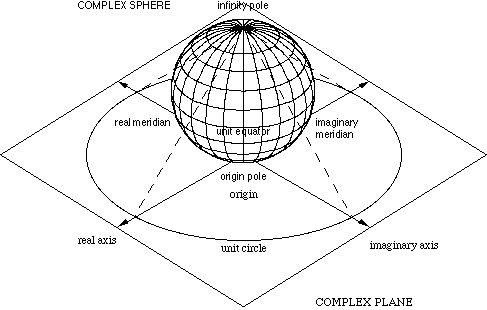Keeping Time
The title of this entry comes from T. S. Eliot (see below). The subject, and the relevance of the Kipling passage, are from Eleanor Cameron's Green and Burning Tree, itself the subject of an April 15 entry.
Part I
From Puck of Pook's Hill, by Rudyard Kipling
The Theatre lay in a meadow…. a large old Fairy Ring of darkened grass, which was the stage…. Shakespeare himself could not have imagined a more suitable setting for his play….
Their play went beautifully…. They were both so pleased that they acted it three times over from beginning to end before they sat down in the unthistly centre of the Ring to eat…, This was when they heard a whistle among the alders on the bank, and they jumped.
The bushes parted. In the very spot where Dan had stood as Puck they saw a small, brown, broad-shouldered, pointy-eared person….
He stopped, hollowed one hand round his ear, and, with a wicked twinkle in his eye, went on:
'What, a play toward? I'll be an auditor;
An actor, too, perhaps, if I see cause.'
The children looked and gasped. The small thing – he was no taller than Dan's shoulder – stepped quietly into the Ring.
"I'm rather out of practice," said he; "but that's the way my part ought to be played."
Still the children stared at him — from his dark blue cap, like a big columbine flower, to his bare, hairy feet. At last he laughed.
"Please don't look at me like that. It isn't my fault. What else could you expect?" he said.
"We didn't expect anyone," Dan answered slowly. "This is our field."
"Is it?" said their visitor, sitting down. "Then what on Human Earth made you act Midsummer Night's Dream three times over, on Midsummer Eve, in the middle of a Ring, and under — right under one of my oldest hills in Old England? Pook's Hill — Puck's Hill — Puck's Hill — Pook's Hill! It's as plain as the nose on my face."
"…. You've done something that Kings and Knights and Scholars in old days would have given their crowns and spurs and books to find out. If Merlin himself had helped you, you couldn't have managed better!"
Part II
From "East Coker," by T. S. Eliot
In that open field
If you do not come too close,
if you do not come too close,
On a summer midnight,
you can hear the music
Of the weak pipe and the little drum….
… Round and round the fire
Leaping through the flames,
or joined in circles….
… Keeping time,
Keeping the rhythm in their dancing….
Part III
From The Real World, by Anonymous:
Tonight is the night of the Paschal full moon, which is used to calculate the date of Easter.
On this date in 1871, playwright John Millington Synge was born. He wrote of "the wonderfully tender and searching light that is seen only in Kerry."
On this date in 1991, director David Lean died. He showed us the tender and searching light of Kerry in "Ryan's Daughter."
The summer harvest festival of County Kerry is known as "Puck Fair."
The song "The Kerry Dance" includes the following lyrics:
O the days of the Kerry dancing….
When the boys began to gather,
in the glen of a summer's night.
And the Kerry piper's tuning
made us long with wild delight.
Tonight's site music is "The Kerry Dance" arranged in a form appropriate to the spirit of "East Coker" and the spirit of Puck Fair.
Eliot and Eleanor Cameron were both concerned with "keeping time" in a very deep sense. For more on this subject, see my previous entries for April 2003, Poetry Month.
See, too, Midsummer Eve's Dream.















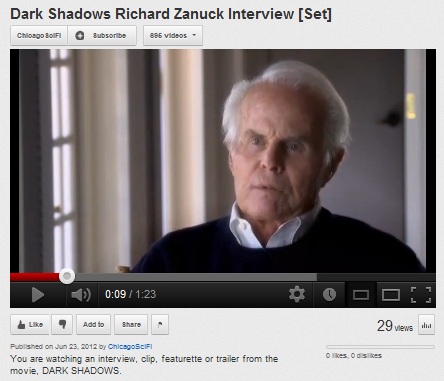

































 or ‘circumincessio,’ is perhaps the deepest and darkest corner of the whole theological abyss.”
or ‘circumincessio,’ is perhaps the deepest and darkest corner of the whole theological abyss.”



